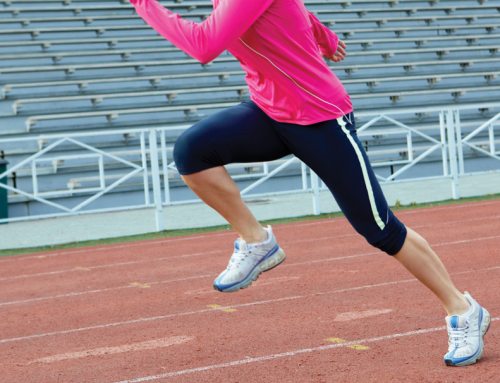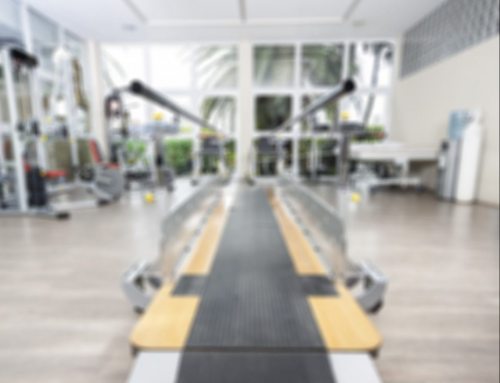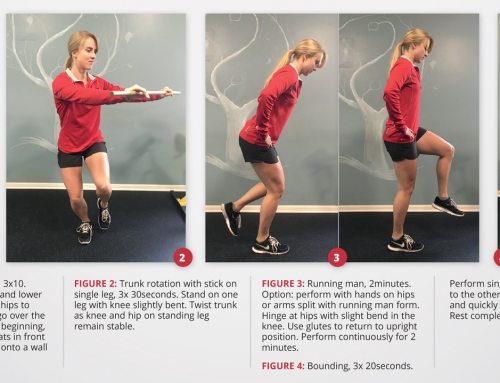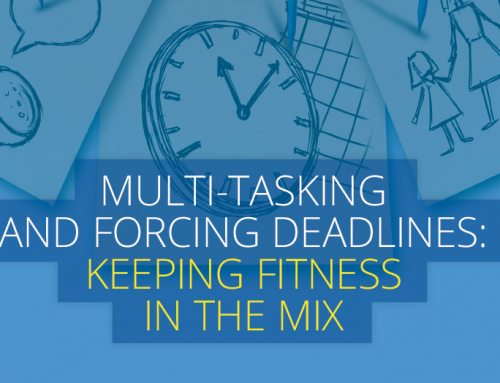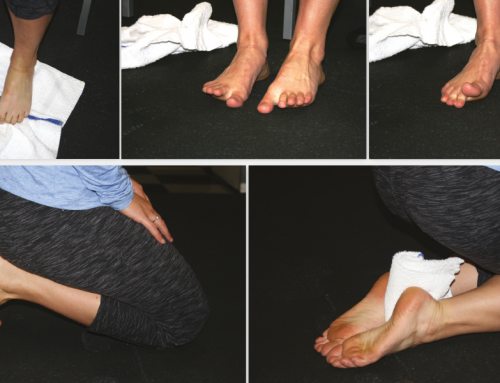By Catherine Duncan
Have you ever been at a race awards ceremony and been thrilled for the winners in the masters groups, or been hiking in the woods and come across a mountain biker who has been eligible to be a member of the AARP for decades and thought “Wow, I hope I am still doing that when I am older!” Well, there are some keys to enjoying fitness, training, and exercise throughout our lifetime.
First and foremost, find an activity (or activities) you enjoy doing, something that you have easy access to on a regular basis. If you are already familiar with a sport or activity that you love, great. If not, try some out. You don’t necessarily have to join the local gym if that doesn’t appeal to you. There are lots of free clinics and drop-in sessions for everything from running to disc golf, pickle ball to soccer, swimming to cycling, yoga to Zumba. Borrow equipment if needed, and don’t be shy! Give it a try!
Do what it takes to get good enough at the activity that you can actually have fun and feel good doing it. Once you have found something to love, take lessons, join a team, or hire a coach, to develop proper technique. Don’t assume you have to be a “natural” to take up a new sport once you are an adult. There are plenty of folks who have participated in their first triathlon at the age of 60 or over. We all have the potential to learn new motor skills throughout our lives, and it takes on average six weeks to gain a new motor skill. That doesn’t mean you will be a top-level tennis player in less than two months, but you will likely be able to swing a racket with enough skill to play a beginner-level match by then. Be patient, and stick to it while you learn.
Carve out the time in your day to make it happen. It is as important as eating and sleeping. Enlist the support of your friends and family on this one. If they aren’t exercising, challenge them to join you!
Be smart about training to prevent injuries. If you want to play basketball, for example, you need to include some strength training and running in your training routine so that you won’t get hurt just changing direction on the court. If you do get injured, seek help to get you back to action. Don’t give up!
If there were a drug that had as many benefits with as few side effects as exercise, we would all be taking it daily. So find something you love to do, and keep moving!
# # #
Catherine Duncan, PT, SCS, ATC has enjoyed treating athletes and runners for 16 years and can be found at Proaxis Therapy in Carrboro. In her free time, she loves playing soccer, running, biking, swimming, and being outdoors with her husband and their two boys.


